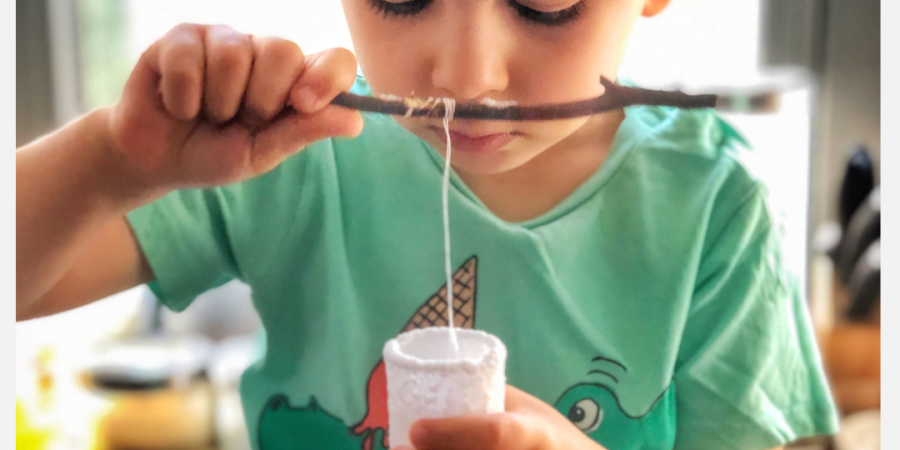Motivation is key to creativity, performance and happiness. Motivation causes us to act, and when we work, we create movement, growth and change. We feel involved, relevant and meaningful. We perceive our contribution to the changes that we observe and experience. And all this gives our life purpose and peace.
It has been shown that curiosity combined with the right approach to learning can be a foundation in a child’s ‘intake’ of new knowledge and can guarantee a higher propensity for learning in a child, which translates into better academic performance.
There are several methods to motivate and motivate to study or work in general. Each technique has its specificity and adapts to individual needs. The method that focuses on the five basic principles of concentration recovery and improving results that work for the best in my personal opinion are:
1. Choosing a specific and real goal – make sure it’s understandable and clear; divide in chunks and vary goals to achieve them and complete parts of a bigger image quickly;
2. Use of regular rhythm and regularity – the schedule is a right solution for those who prefer to stick to a routine;
3. Avoiding distractions – remove all triggers from the surrounding and keep neatness;
4. Visualization of the plan and next steps – have a visual representation of exact activities and transitions generally make the workflow smooth avoiding possible meltdowns;
5. Confrontation – discuss if needed about what you are trying to do and why explaining its importance;
6. Praise for the well-done job – if your child likes to be praised, do not hesitate to do it; it will boost the motivation for the next tasks;
First, focus on elements and behaviors that potentially (but not necessarily) may limit motivation. In the specific case of learning, blockers can be:
- start learning without planning available time;
- measuring own skills by competing with other students;
- continuing, even if our mind is distracted;
- assigning identical weight to all learning materials;
- attach little importance to some of the known and proven strategies (environment, method, memory techniques, etc.);
- learning without conviction of rightness, real purpose or interests;
When it comes to motivating and losing it in general, what you need to think about is where and for what reason the motivation is lost. Sitting at the same desk, repeating the same habits, tasks and routines every day can often be frustrating and causing burnout. Yes. It’s not only about us adults. The same thing applies to our children.
Lack of motivation, lack of passion and curiosity are a common reason for losing motivation. The same if we are stressed, bored, frustrated, not confused. And as a consequence, we often become inefficient, unproductive, passive – we experience burnout.
Reflecting on what we want and what real possibilities and options we have to change, for me what helps a lot is setting an action plan and keeping in control possible loss of motivation and thus – frustration.
One should also remember the impact of stress on motivation – effectiveness and the success of the mission we undertake depends on it. The Yerkes-Dodson Laws define these correlations.
Relationship between stress and performance (efficiency):
The Yerkes-Dodson curve called the inverse ‘U’ explains how moderate levels of arousal (anxiety) are useful for activity and giving better results in performing tasks.
By increasing the level of arousal, performance improves to a certain point (optimal point) and then deteriorates at too high-stress level factors. And…a disaster…
Children on the spectrum often are more sensitive in this area as they experience much more stress-related triggers regard to the tasks assigned, expectations of the teachers – they demonstrate it in their actions and behaviors.
In my opinion, seeking motivation in life – in personal or professional life, in childhood or adolescence, setting goals, discovering the sense of what we do is just the first step towards a good and balanced life. The secret is long-term thinking towards a goal, but putting it in smaller, easy to achieve parts. This method makes it easier to motivate a child on the spectrum and yourself from day one. It definitely gives satisfaction while achieving the intended goal. And I bet your little one is amazed as well. Praise!
